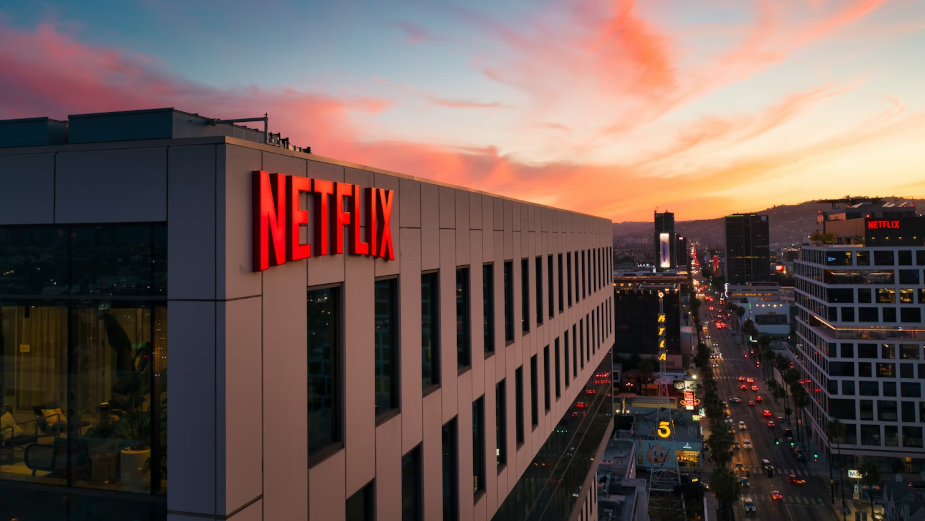
What Netflix’s New Ad-Supported Tier Will Mean for Brands and Programme Makers

Today, streaming giant Netflix launches its new cheaper ad-supported subscription tier in the UK. But what impact will this have on both advertisers and programme makers?
For years, Netflix has helped to lead an agenda in terms of the content that it has been bringing to audiences. It set a new standard and helped to herald a new golden age of TV content for viewers. The idea of advertisers being able to access the premium Netflix schedule seems, on the face of it, to be incredibly exciting.
The challenge will be just how big an audience the new ad tier model will actually deliver. In a world where audiences are bought, the question will quickly become not about what content an advertiser might have access to, but the realistic size of the audience that the new ad tier of Netflix will bring. Analysis by Enders suggests that the available audience from this new ad tier model, which is only modestly discounted from the tier above, is likely to be contained rather than revolutionary.
Access to great content, particularly if it is part of a sponsorship deal, can unleash some brilliant creativity. As a standard bearer for premium content, Netflix has helped to raise the bar for advertising campaigns – frequently being used as cultural or executional reference. New packages of programming, and access to audiences will only be a positive influence as the advertising and client communities rise to the challenge of standing out amongst strong long form content.
One of the striking characteristics of Netflix has been that it has been an ad-free zone, and consumers will have been drawn to the uninterrupted content that they provide. The inclusion of advertising will change this relationship. The introduction of advertising per se is unlikely to dramatically change the appetite for their content, but the onus will be on advertisers to deliver advertising that adds value to the viewing experience. Great advertising has always been celebrated and enjoyed, and average advertising has always been merely tolerated. In the context of cost savings and tightening household budgets, I suspect we will continue to see consumers dropping services completely and streamlining their streamers, or swapping in and out of streaming services rather than prioritising a few pounds off here and there from an ad tier service.
Netflix’s venture into advertising will have a long-term impact on the programming that they broadcast. As Netflix steps into advertising, they will need to consider the cadence of the shows that they broadcast and whether they are designed for interruptive advertising. Programmes that are designed to carry advertising have a cadence of peaks that carry people in and out of the breaks. To keep the audience with the programme through the breaks, this will need to be considered.
It is a significant step forward that Netflix is now registered with BARB and there is transparency around its viewing figures. However, the debate is likely to be around comparability between viewing on Netflix and viewing on the commercial PSBs. The commercial PSBs in the UK sell audiences in a very accountable way, and the challenge for Netflix will be to ensure that media buyers are able to compare Netflix’s audience delivery in a way that is accountable to their clients.
The Netflix ad tier is an interesting step forward, but it is really only replicating a model that already exists.
Netflix should be considering how they deliver not just access to their inventory, but how they innovate to create relevancy and compatibility for their audiences and for their brand partners. Perhaps the best recent example of this comes in the form of the documentary series they created with Formula 1: ‘Drive to Survive’. The impact of this programme on the viewership of Formula 1 was enormous and shows how high-quality programming can deliver not just for the interests of a brand but also for the interests of a platform and an audience. The series ‘Super Surgeons – A Chance at Life’, that we at Wonderhood Studios recently produced for Channel 4 in partnership with Macmillan, is another example of this. It is this type of innovation that uses long form storytelling to create a new way of engaging audiences that seems ground-breaking for brands, and for channels and platforms.
The ad tier model will shine a light on not just the premium prestige programming, but also on the long tail of programming they have built up. I believe they will continue to hold themselves to high editorial standards. The interesting thing will be whether the bundling of programmes for advertisers influences their editorial decisions.
The Netflix ad tier represents a converging of models with Netflix offering ad funded and some of the ad funded options offering premium ‘ad free’ opportunities for viewing – such as the £3.99 ad free Love Island. It also puts a spotlight on the FAST (free advertising supported TV) services pioneered by the likes of All 4.
As the boundaries blur, and as a creator of both programming and advertising, this makes it an incredibly exciting time to be thinking about the challenges of reaching audiences in an entertaining and meaningful way.













